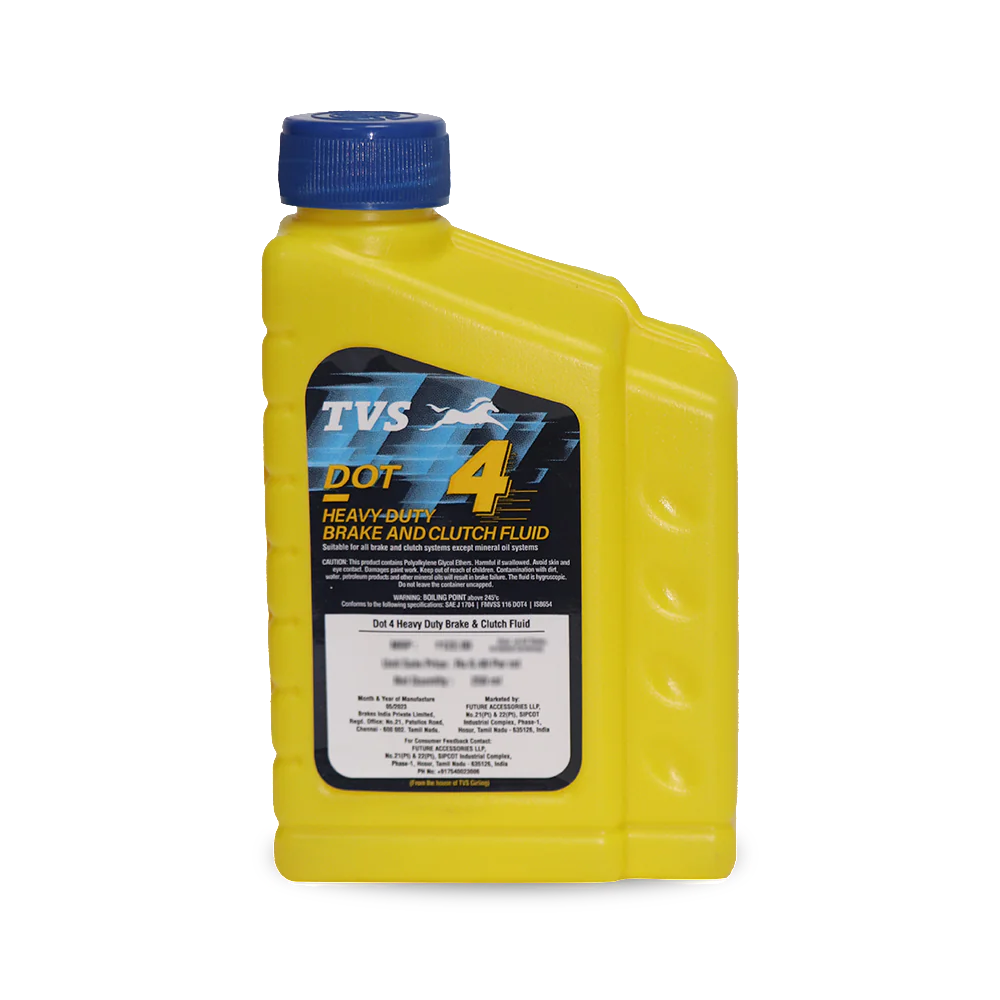Buying a new motorcycle is just the start of ownership, the majority of it is maintaining your vehicle the right way. And if there is one way to keep your motorcycle performing like new, it is choosing the right engine oil. Beyond improving fuel consumption, engine oil enhances the lubrication for moving parts optimizing engine performance and keeping it running for a longer duration.
Now, as a motorcycle owner, you are bound to have these two questions: -
• Mineral, semi-synthetic or synthetic engine oil?
• Viscosity and tips for motorcycle motor oil change?
Understanding the viscosity and types of engine oil available will help you make a better decision and provide optimum protection to your bike’s engine.
Types of Engine Oil
Before purchasing any engine oil, know the type of engine oil your motorcycle requires, which is also specified in your bike’s user manual. It is also important to understand the difference between fully synthetic, semi-synthetic and mineral oil.
• Mineral engine oil – This is among the first fluids for lubrication that came into the industry and paved the path for modern engine oils. Often used in commuter bikes, mineral oil has relatively low resistance to oxidation and heat. That being said, mineral oil is ideal to use during the engine break-in period.
• Semi-synthetic oil – Semi-synthetic engine oil for bikes is a perfect balance between conventional mineral oil and synthetic oils. It offers added resistance to oxidation and enhances the low-temperature properties. Semi-synthetic oils are recommended for 150-200cc bikes as well as power commuters.
• Fully Synthetic oil – Used in high-capacity motorcycles with higher compression ratios, fully synthetic engine oils consist of chemical compounds that are artificially modified or synthesized. Its key USP is the high tolerance to extreme temperatures under extraordinary stress. Since it has better anti-friction properties than mineral oil, it lasts longer as well. That is why it is considered a good engine oil for performance bikes.
Viscosity
Engine oil viscosity refers to how easily the oil flows throughout the engine to protect various moving parts from friction and heat. Engine oils usually have a numerical code system for grading the oil.
It is noted using the common classification “XW-XX”. The first numbers are (0, 5, 10, 15 and 25) the number preceding “w” (winter) rates the oil’s flow (viscosity) at zero degrees.
To put it into perspective, motorcycle oils with a grade 5W-30 thickens less than oil with a 10W-30 grade in winter. Similarly, oil with grade 5W-30 grade thins out more rapidly at high temperatures as compared to oils with a 5W-40 grade. Multi–viscous engine oil provides better winter operation, engine durability and fuel economy.
“Oil naturally thickens when cold and thins when hot”
Tips to Keep in Mind
⮚ Do check the recommended manufacturer grade – Every bike has different specifications of engine oil required. Hence, you should always check the engine oil grade mentioned by the manufacturer for your two-wheeler.
⮚ Ensure the correct capacity – All engines have a specified capacity of engine oil they need. It varies by make and model, and in most cases, this capacity is specified in the user manual. The engine oil should always match what’s recommended by the manufacturer; anything less or more will hamper the performance and life of the engine in the long run.
⮚ Check the visual condition of the oil – Depending on the type of engine oil you pour, fresh engine oil is usually golden or maroon in colour. During the usage interval, this colour gradually turns brown until the two-wheeler is near its oil change interval. Once the oil is black, it’s a sign to get the oil replaced immediately.
⮚ Know your oil change interval – The majority of two-wheelers require an oil replacement in around 5000 km or less. In the case of fully synthetic oil, it can last between 7,000-10,000 km for certain bikes.
Undertaking these engine oil checks can help keep your engine healthy and save money in the long run. As engine is the most integral component in any vehicle. It is always recommended to consider OEM-recommended fluids and parts for your two-wheeler.
If you own a performance bike, do consider the TVS Tru4 engine oil. It is blended with highly purified water white, high viscosity index base oil and exceeds the specifications of “API SL” and “JASO MA2” certifications. This helps it make its case as one of the best synthetic engine oils for bikes available in the market today.
Also Read:
TVS Sport – Stylish and Fuel-Efficient
Choosing the Best Engine Oil for Motorcycles: Dos & Don'ts for a Smooth Ride







